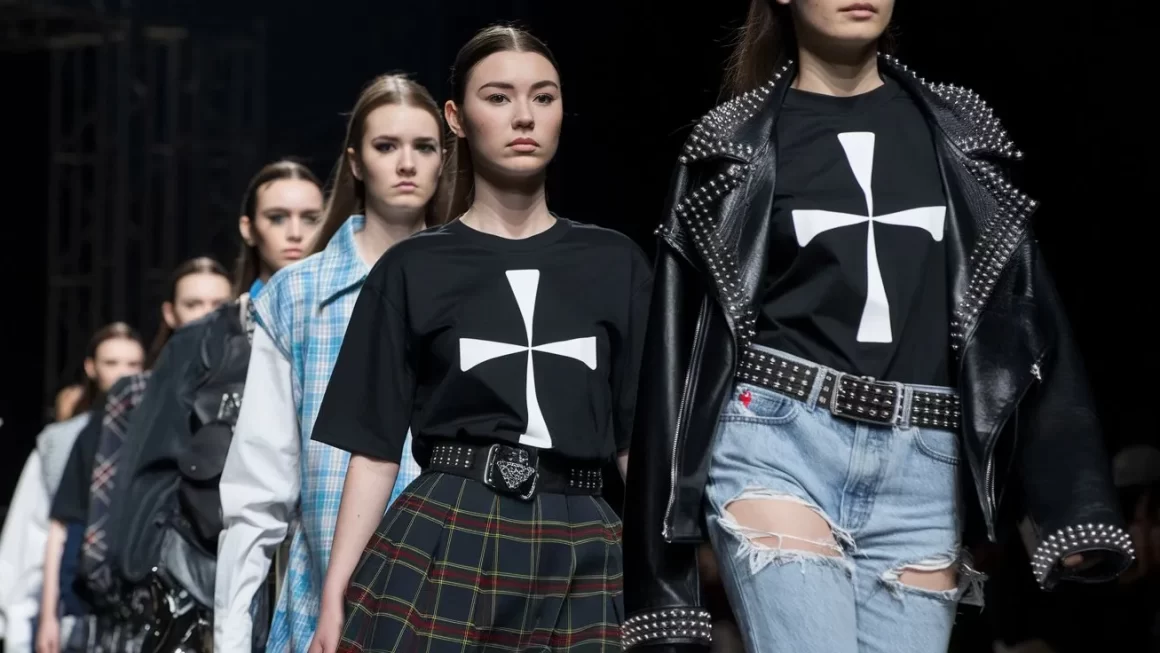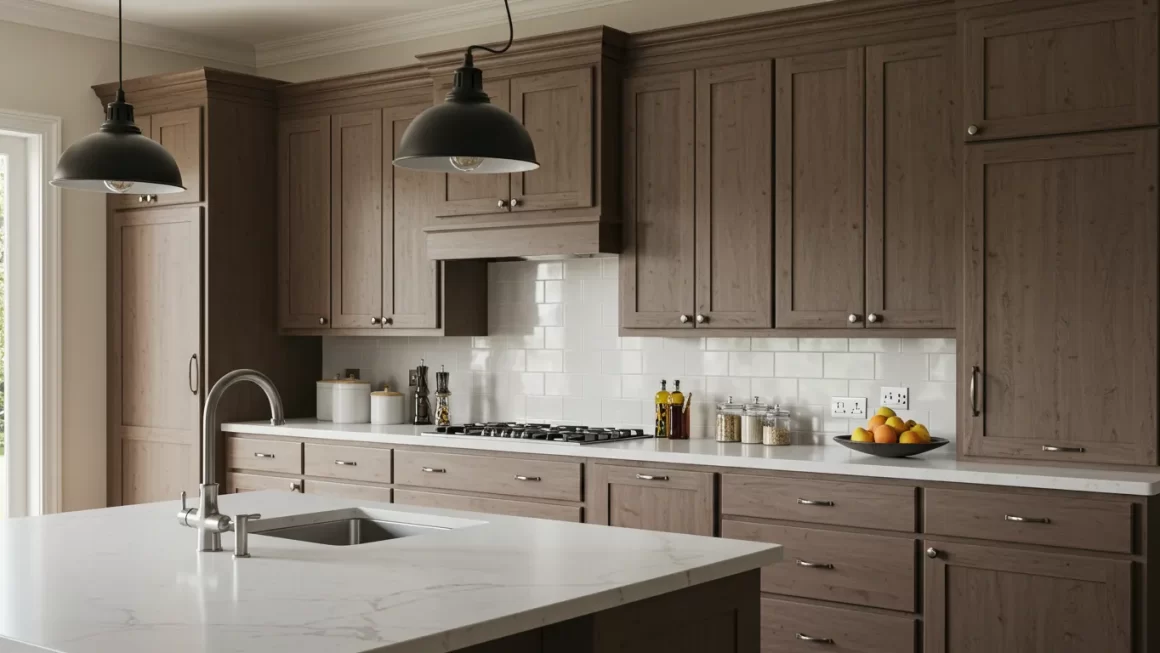Table of Contents
The alternative emo style of the 2000s was more than just a fashion trend; it was a cultural movement that gave voice to a generation’s emotions and experiences. Rooted in music and self-expression, this style combined dark, edgy aesthetics with a deep sense of individuality. From the iconic black skinny jeans to the vibrant hair colors, the alternative emo style in the 2000s became a defining look for many teens and young adults.
The Roots of Alternative Emo Style 2000s

The alternative emo style of the 2000s didn’t appear out of nowhere. It was born from the merging of various musical and cultural influences. The term “emo” originally referred to a genre of music known as “emotional hardcore,” which emerged in the 1980s. However, it wasn’t until the early 2000s that emo music and its associated fashion became mainstream. Bands like My Chemical Romance, Fall Out Boy, and Paramore played a significant role in popularizing the alternative emo style, with their music resonating deeply with fans who felt misunderstood or disconnected from the mainstream.
Music as the Driving Force
Music was the heartbeat of the alternative emo style in the 2000s. The lyrics often explored themes of heartbreak, depression, and inner turmoil, which resonated with many young people.
This emotional connection to the music translated into a distinct fashion sense that embodied the same feelings. Fans of the genre expressed their identity through their clothing, creating a look that was both a statement and a shield. Click Here: Expensive Things To Do In Paris
Influences from Punk and Goth Subcultures
Both punk and goth subcultures heavily influenced the alternative emo style of the 2000s. From punk, it borrowed the rebellious attitude and DIY ethic, evident in how people customize their clothing and accessories. From goth, it took the dark color palette, a love for dramatic makeup, and an appreciation for the macabre. Combining these influences resulted in a uniquely emo style yet deeply rooted in the broader alternative scene.
Emo Fashion Comeback: Iconic Elements Revisited
Alternative emo style was at the core of the 2000s, blending elements of goth, punk, and emo fashion to create a unique and influential look that defined a generation. The early 2000s emo era was all about emo outfits that became instantly recognizable: staples like baggy jeans, grunge y2k vibes, and layered 2000s emo clothes have made a comeback, especially on platforms like Etsy. The combinations were endless, from emo shirts and graphic tees to hoodies and sweatshirts.
The classic goth punk skirt paired with a baby tee or crop top was unforgettable, evoking nostalgia and rebellion. The influence of vintage 2000s and 90s fashion brought a distinct edge, bringing Y2K and 2000s fashion back into the spotlight with touches like marbling, pop punk, and 2000s-inspired accessories.
The Emo Aesthetic: A Statement of Identity
The emo aesthetic was more than just a fashion statement—an identity. With mall goth influences, punk rock flair, and iconic pieces like the skull vintage 90s graphic shirt or unisex heavy blend™ crewneck sweatshirt, the emo scene was about making a statement while staying true to oneself. Harajuku, alt-girl, and emo grunge styles added a playful twist, while the scene core vibrated the dark emo palette. Whether you were sporting tiktok-worthy grunge clothes, customizing emo band pins, or exploring Pinterest’s best ideas for the perfect emo accessories, each detail contributed to the unique emo look.
Adding a goth emo touch with a long-sleeved top or music pinbacks provided authenticity. Even today, the 2000s emo throwback style remains an unforgettable tribute to the rawr culture, dark art, hardcore emo kid vibes, and a lasting love for chemical romance and emo bands.
Key Elements of the Alternative Emo Style 2000s
Understanding the critical elements of the alternative emo style of the 2000s is essential to appreciate this fashion revolution fully. These elements were not just about aesthetics but also about expressing emotions and individuality.
Dark and Edgy Clothing
The alternative emo style 2000s was characterized by its dark and edgy clothing. Black was the dominant color, often paired with dark tones like deep reds, purples, and blues. Skinny jeans, band t-shirts, and studded belts were staples of the emo wardrobe. Many also wore hoodies, often with band logos or lyrics printed on them. Layering was typical, with long-sleeve shirts worn under t-shirts to add depth and texture to the outfit.
Iconic Hairstyles
Hair was a crucial aspect of the alternative emo style 2000s. The most iconic emo hairstyle was the side-swept bangs covering one eye, creating a mysterious and gloomy look. Hair was often dyed in vibrant colors like jet black, deep red, or even neon shades. Using hair straighteners to achieve the perfect sleek look was expected, and many added choppy layers for extra volume and texture.
Bold Makeup and Accessories
Makeup played a significant role in the alternative emo style, especially for girls and boys. Black eyeliner was a must, often applied heavily around the eyes to create a dramatic and intense look. Accessories like studded bracelets, chokers, and band patches were popular, adding a punk edge to the overall look. Piercings, particularly in the ears and lips, were common among those who embraced the emo style.
The Cultural Impact of Alternative Emo Style 2000s
The alternative emo style 2000s was more than just a trend; it was a cultural phenomenon that left a lasting impact on society. It allowed young people to express their emotions and connect with others who felt the same way. This sense of community was one of the most powerful aspects of the emo movement, as it offered a safe space for those who felt marginalized or misunderstood.
The Legacy of Emo Fashion
While the peak of the alternative emo style may have been in the 2000s, its legacy continues to influence fashion and music today. Many bands that were part of the original emo scene are still active, and their music continues to inspire new generations of fans. Additionally, elements of emo fashion, such as skinny jeans and dark makeup, have been integrated into mainstream fashion, proving that the impact of the emo movement is far from over.
How to Incorporate Alternative Emo Style 2000s Into Your Wardrobe Today

If you’re feeling nostalgic for the alternative emo style of the 2000s, there are plenty of ways to incorporate it into your wardrobe today. Whether you want to embrace the look or add a few emo-inspired elements thoroughly, here are some tips to help you get started.
Start with the Basics
Start with the basics to bring the alternative emo style 2000s into your modern wardrobe. Invest in black skinny jeans, a band T-shirt, and a studded belt. You can mix and match these adaptable pieces with other items in your wardrobe. Don’t be afraid to experiment with layering and accessories to create a look that’s uniquely yours.
Embrace Bold Hair Choices
Hair is a crucial element of the alternative emo style 2000s, so consider experimenting with bold choices. Whether dyeing your hair a deep, dark color or adding colorful highlights, your hair can be a powerful form of self-expression. If you’re not ready for a permanent change, try temporary hair color or clip-in extensions to achieve the look.
Add Dramatic Makeup
To complete your alternative emo style 2000s, embrace dramatic makeup. A heavy application of black eyeliner and dark eyeshadow can instantly give you that classic emo look. Pair it with a pale foundation and a touch of lip gloss for a modern twist on the style. Don’t forget to add a few accessories, like a studded bracelet or choker, to finish your outfit. Get More Information About Lifestyle.
Rediscover the Alternative Emo Style 2000s
The alternative emo style of the 2000s was more than just a fashion statement; it was a way for young people to express their emotions, challenge social norms, and connect with others who felt the same. Today, this style inspires and influences fashion and music, proving its impact is timeless.
Whether you’re looking to relive the past or bring a touch of emo into your modern wardrobe, rediscovering the alternative emo style of the 2000s is a journey worth taking.




